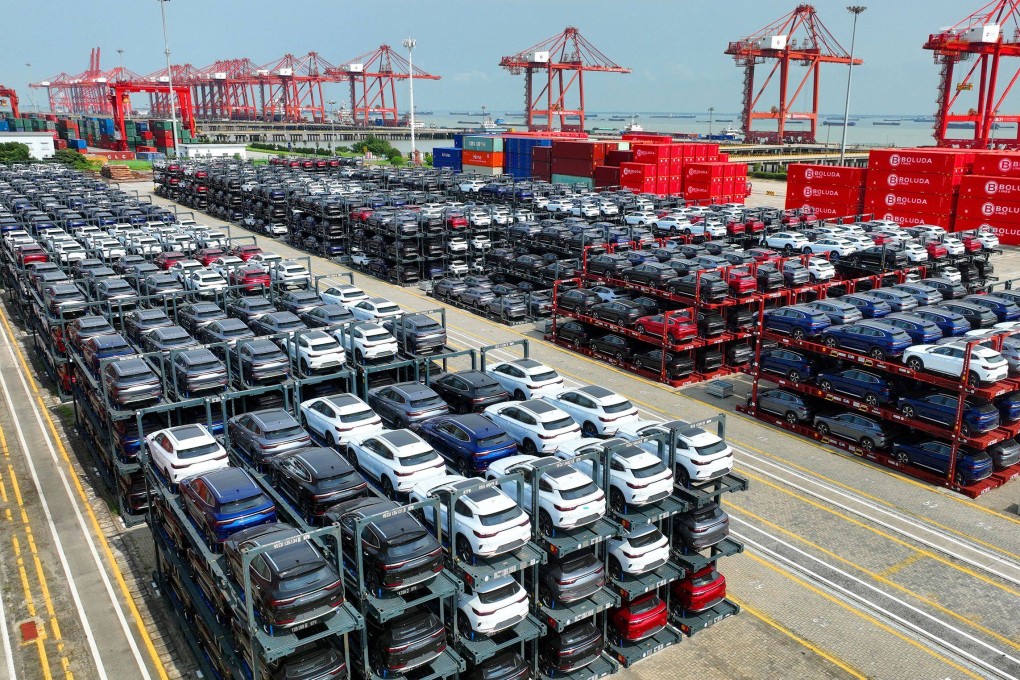Advertisement
Opinion | Climate action: how China is accelerating the drive towards a net zero world
- Chinese firms dominate green industries from renewable energy to electric vehicles, China’s Belt and Road Initiative promotes green projects and even its e-commerce push brings energy savings
Reading Time:3 minutes
Why you can trust SCMP
5

In the face of worsening climate anxieties, the hard-earned Cop28 Dubai consensus to transition away from fossil fuels has been hailed as a historic breakthrough, notwithstanding small island nations’ fears for their survival amid rising sea levels and some cynicism about the sincerity of vested fossil-fuel interests.
What is certain, however, is China’s accelerating role in driving the global momentum towards carbon neutrality in the coming decades. There are many reasons.
In September 2020, President Xi Jinping pledged that China would achieve peak carbon emissions before 2030 and carbon neutrality before 2060. At the central economic work conference in Beijing earlier this month, ecological conservation and low-carbon development were highlighted as priorities.
Advertisement
Besides ecological concerns, it is in China’s national security interests to minimise its dependence on fossil fuel imports, and therefore be less vulnerable to choke points such as the Persian Gulf (vulnerable to Middle Eastern conflicts) and the Malacca Strait (controlled by the US Seventh Fleet).
This year, for the first time, global investment in solar power has exceeded spending on oil production. China produces 85 per cent of the global solar cell supply, 88 per cent of solar-grade polysilicon and 97 per cent of silicon ingots and wafers. Photovoltaics are the “new oil” and China has maintained its predominance, notwithstanding the US Inflation Reduction Act and the EU’s green “de-risking” initiatives.
Advertisement
Chinese manufacturers also dominate in wind power, occupying 60 per cent of the wind turbine market. China has 44 per cent of the world’s offshore wind capacity, growing to 31 gigawatts last year, surpassing Europe to take the No 1 spot. China is also developing megawatt floating power generators that harness wave energy, a technology that could benefit small island states in particular.
Advertisement
Select Voice
Choose your listening speed
Get through articles 2x faster
1.25x
250 WPM
Slow
Average
Fast
1.25x
